In March, Sir David Alan Chipperfield was announced as this year’s winner of the Pritzker Prize. The British-born Chipperfield, 69—the 52nd Pritzker laureate—was lauded for his subdued yet powerful and elegant work, and as an architect who demonstrates a reverence for history and culture while honoring the preexisting built and natural environments. Chipperfield spoke about those aspects of his work with RECORD editor in chief Josephine Minutillo.
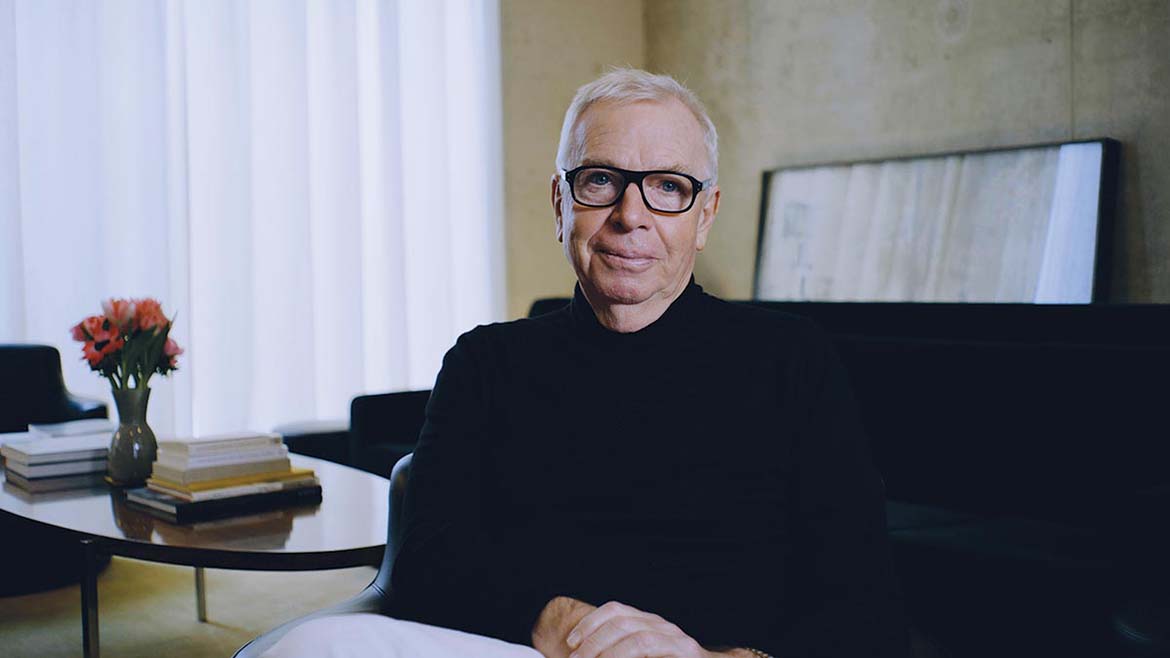
David Chipperfield. Photo courtesy the Hyatt Foundation / the Pritzker Architecture Prize
How do you feel about winning the Pritzker?
Happy. Yes. And relief.
With the unexpected choices of Pritzker laureates in the last few years, did you think that this was an award that might elude you?
I expect all awards to elude me. I’m surprised when they don’t. I thought maybe I’d lost the moment—after the Neues Museum, there was a lot of chat about Pritzker. We don’t work to get prizes. However, they’re very nice when they come along.
If your selection sends a message about architecture, what would the message be?
Don’t give up! No, I don’t know. I would hope it’s that I’ve tried to run a critical practice that attempts to be relevant, yet operates in a commercial environment. We’re not an “artistic practice,” but we want to establish an attitude about professional and intellectual qualities.
With regard to creating good architecture and having a successful practice, you have achieved both. How is that possible with offices in so many places all over the world?
All architects want to choose their projects, because, by selecting certain ones, you might control the potential outcome and quality. And by working with certain typologies, you stay away from the messy business of commerce and all that sort of grubby stuff.
Nevertheless, I’ve always felt that our office should get our hands dirty and try not only to do museums and public works, where, obviously, we have been happy and successful, but also to try to get involved in more general concerns of architectural production.
You are incredibly well known for doing museums, which has been the gold standard of architectural commissions. Is this perception old-fashioned?
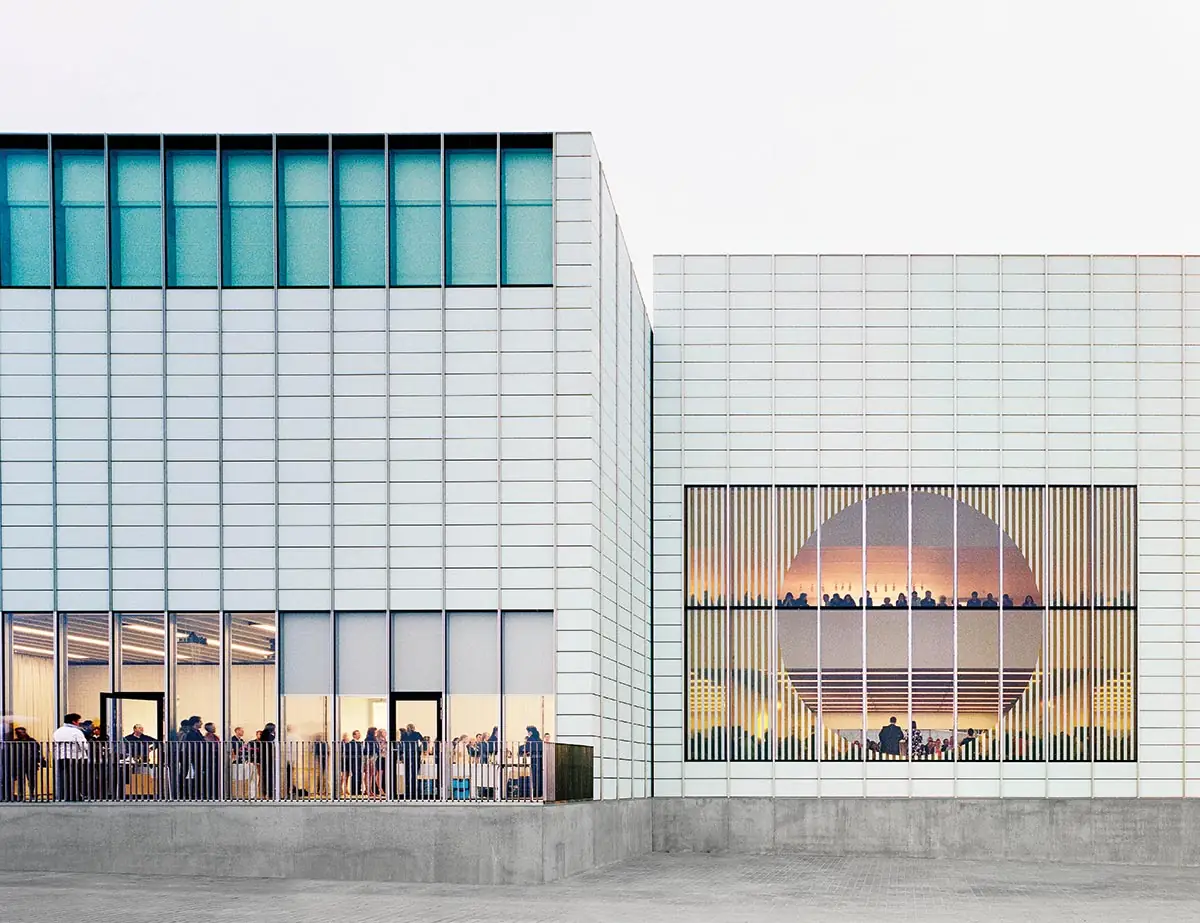
Turner Contemporary, Margate, UK (2011). Photo courtesy Simon Menges
Look, museums are great commissions, because we can concentrate on qualities that we hold very dear—space, light, material, and the overall experience of architecture. On the other hand, museum design over the last few decades has also become part “branding,” in the way museums attempt to reposition themselves.
And that’s a slippery slope. There’s nothing wrong with it, but it’s a part of the shift of architecture over the last 30 or 40 years, from something which is very much about substance and experience towards something which is slightly more dominated by image and identity. Sometimes people love a building because of the image, not because they have actually been there.
It was just announced that you got a very sought-after commission to expand the National Archaeological Museum in Athens. Yet you also lost the job you previously held, to design the modern and contemporary wing at the Metropolitan Museum in New York. What do you make of this?
Athens was certainly a nice compensation after a rather uncomfortable professional experience at the Met—one of the most uncomfortable professional experiences I’ve had.
The project in Athens is a fantastic commission, and it was interesting to find out about the other runners. The stakes were high, so I was very happy that our project was chosen very much for our values, such as trying to be extremely responsible to the urban situation, to the existing building, to the collection, and to the whole idea of what we might add to the city and to the institution.
Architecture is a method of doing something. It’s not the thing itself. And it was very reassuring to realize that the unanimity of our selection was very much based on understanding, and, in a way, promoting, the values we express in the project. It wasn’t a beauty parade where we were lucky that someone said, “I think this was nicer than the other ones.”
There is a classicism that you bring to architecture, or perhaps a regard for the canon. Is some of that getting lost today or considered too conservative?
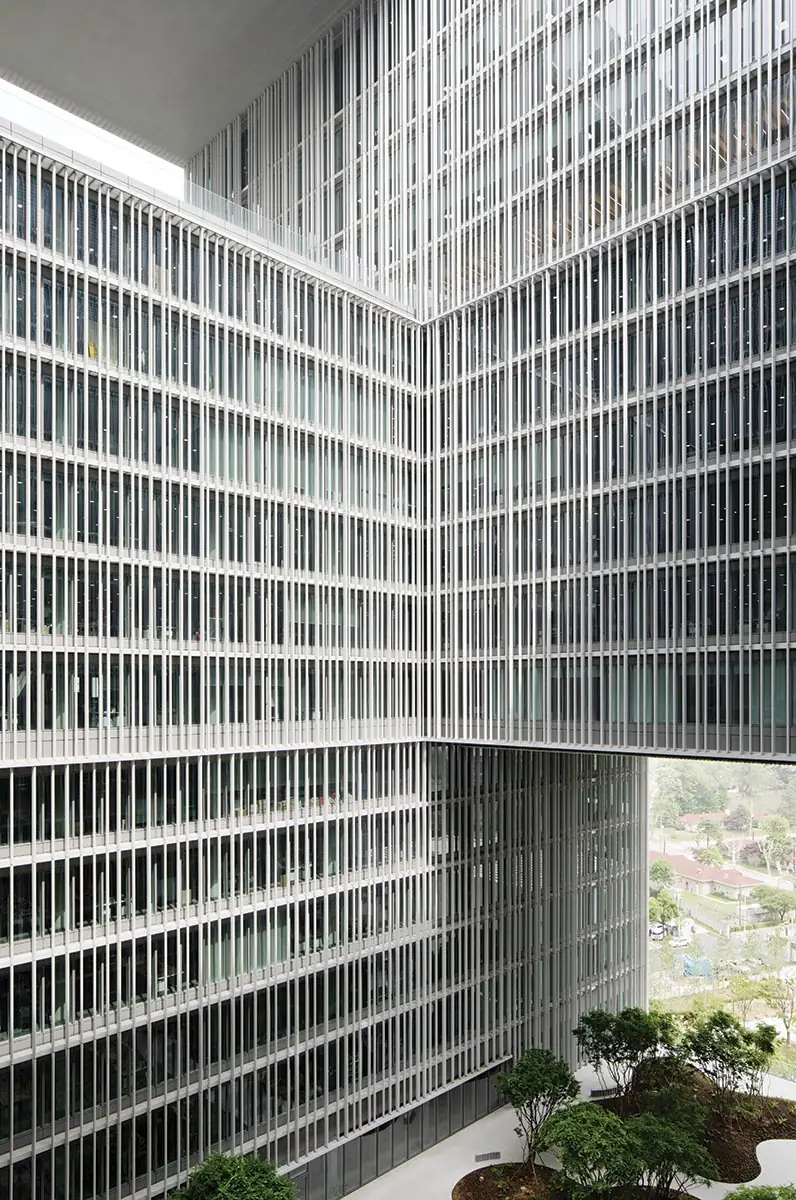
Amorepacific Headquarters, Seoul (2017). Photo courtesy Noshe
Conservative with a small “c” is perfectly acceptable. It’s a very unfashionable title in a profession that has been motivated by innovation integral to the Modern movement, where architecture was part of the new world.
By the time we got to the 1980s, when I was trained, that vision had slightly been lost, and we ended up in a Postmodern condition. In this current situation, the idea of progress, innovation, and novelty are ambitions to be checked—or at least there’s a question about what progress is and what innovation is. Innovative ideas do not necessarily create something that looks different; they can actually be based on habits that we are re-adopting.
The real challenge is to think harder about where we build, what we build, and not just trying to mitigate the consequences of building. So we have to question some of those things. And in that process, I would have to say, flamboyant architecture is starting to look a little bit less attractive.
You’re probably in the unique position of being a Pritzker laureate who has worked for two other Pritzker laureates—Norman Foster and Richard Rogers. They have been known as instigators of the futuristic architecture that is very unlike what you do. What did you learn from them?
The early work of both of Foster and Rogers was not only about technology, it was about a social idea. Pompidou Center [by Rogers and Renzo Piano] in Paris is the last great radical building, in my opinion. And not because they put the air-conditioning on the outside. It was radical because a firm of young architects tried to completely redescribe the relationship between a cultural institution and society.
If you think about Norman Foster’s early projects, the Willis Faber building in Ipswich, England, which I very much admire, was an office building where he persuaded the client at that time—nearly 50 years ago—to put in escalators instead of elevators, because people talk on escalators, and the social interaction within an office is much stronger. Foster also created a garden on the roof and said, “This is for the people who work in Willis Faber,” and he installed a swimming pool in the basement. He persuaded a commercial company to prioritize the work environment.
From Richard Rogers, I learned an enormous amount, in terms of what he felt was the responsibility of an architect—that you should look for a larger role, even if you’re not really invited to do it. As architects, we’ve somehow lost our credibility within society, but that doesn’t mean to say that we shouldn’t step forward and try to be engaged.

Morland Mixité Capitale, Paris (2022). Photo courtesy Simon Menges
In the past, the Pritzker was credited with getting commissions for its younger laureates. What does it mean for you to receive the Pritzker at this stage of your career?
I think it’s fair enough to say that the prize is possibly between encouraging genius and rewarding patience and diligence. Obviously, I’m in the second camp. Yet the prize has been given very cleverly to certain people, like Zaha Hadid. Thank God. I’m sure it helped her career develop a lot. That is a very responsible way of using the prize at the right time.
As for the second part—is there anything left? There’s a huge amount left. As I say in my office, we’ve all been on a bus for 35 years. Lots of people have got on and off of that bus. I’ve tried to keep the bus driving in a good way, and to keep the spirit within it a positive and critical one. But now when we look out the windows, we find that it is in a very different place than it was 35 years ago. Now we are at an existential moment where we cannot continue acting professionally in the same way as we have done in the past.
This brings up the issue of sustainability. One of the most sustainable things we can do is to maintain existing buildings. And you’ve worked with structures designed by Cass Gilbert, Friedrich Stüler, and Mies van der Rohe. What is the specific challenge of doing that?
These were buildings you wouldn’t knock down. I didn’t really have to chain myself to the front of the building to protect them. However, these projects were fascinating to work on. Such tasks can be as fascinating, if not more interesting than building anew. Architects too often believe that it’s much better to get rid of a building and have freedom to do exactly what you want. We question that thinking, and we have demonstrated it is not necessary. Take the importance of history, fabric, and continuity and graft onto that the idea of sustainability. Nothing is less sustainable than knocking a building down.
We just won a competition for the London School of Economics. The brief called for knocking down a 1950s building, and we were the only team that said, “You’ve got to work with the existing building.” It’s an ugly building. It’s not a great monument. It’s not a Neues Museum. It’s not anything of great cultural significance, but it’s not a bad building, and it’s a responsible resource. And there was huge resistance to this. But, in the end, the moral imperative won. I said to the institution, “This building is to promote dialogue and understanding between people, and I presume when it’s open, one of the subjects that is going to be discussed in this building will be about resources and sustainability.” So we won a competition, not because of aesthetics but because of ethics. And I think this is now a weapon for us as architects.
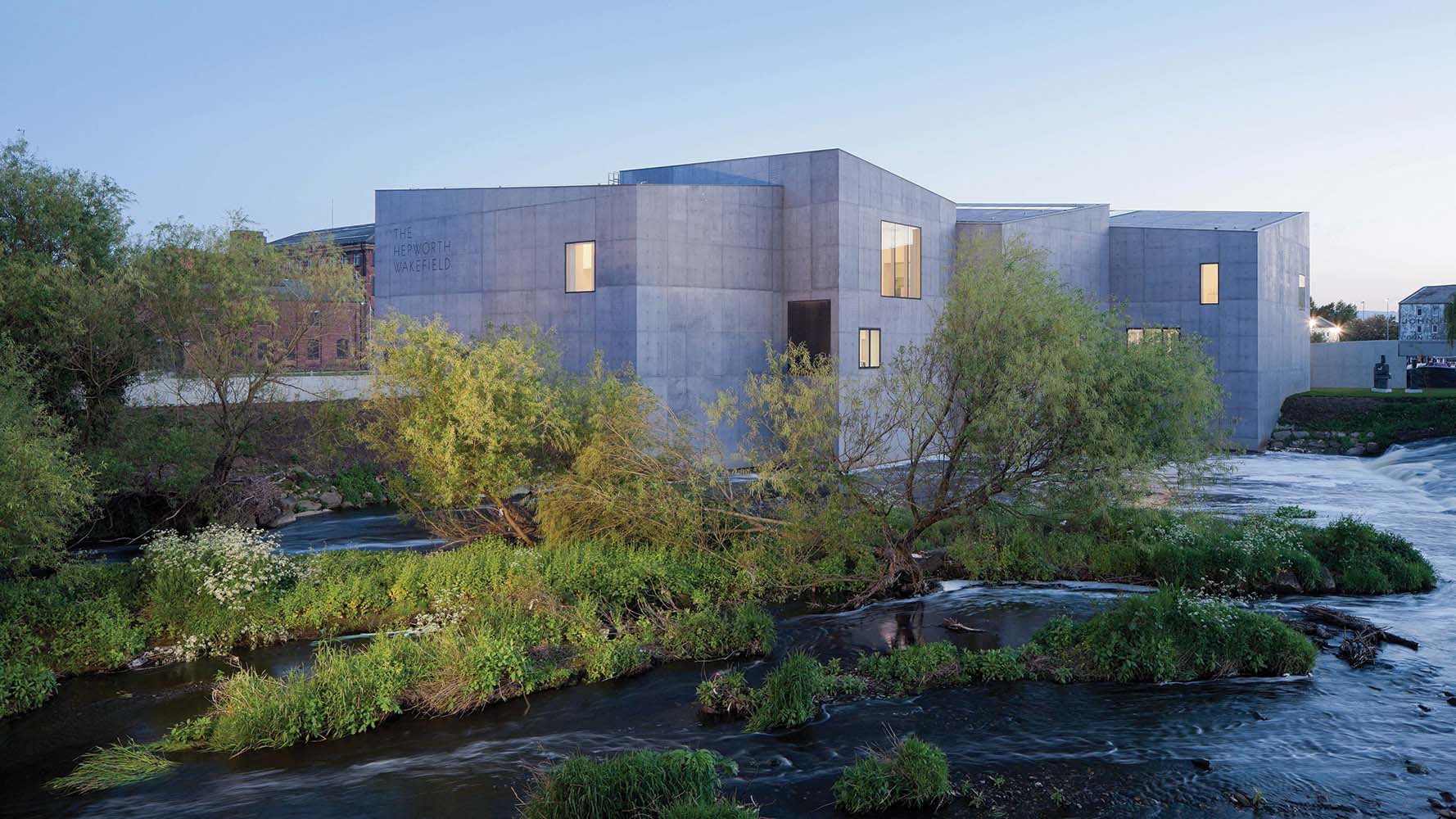



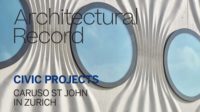

Post a comment to this article
Report Abusive Comment